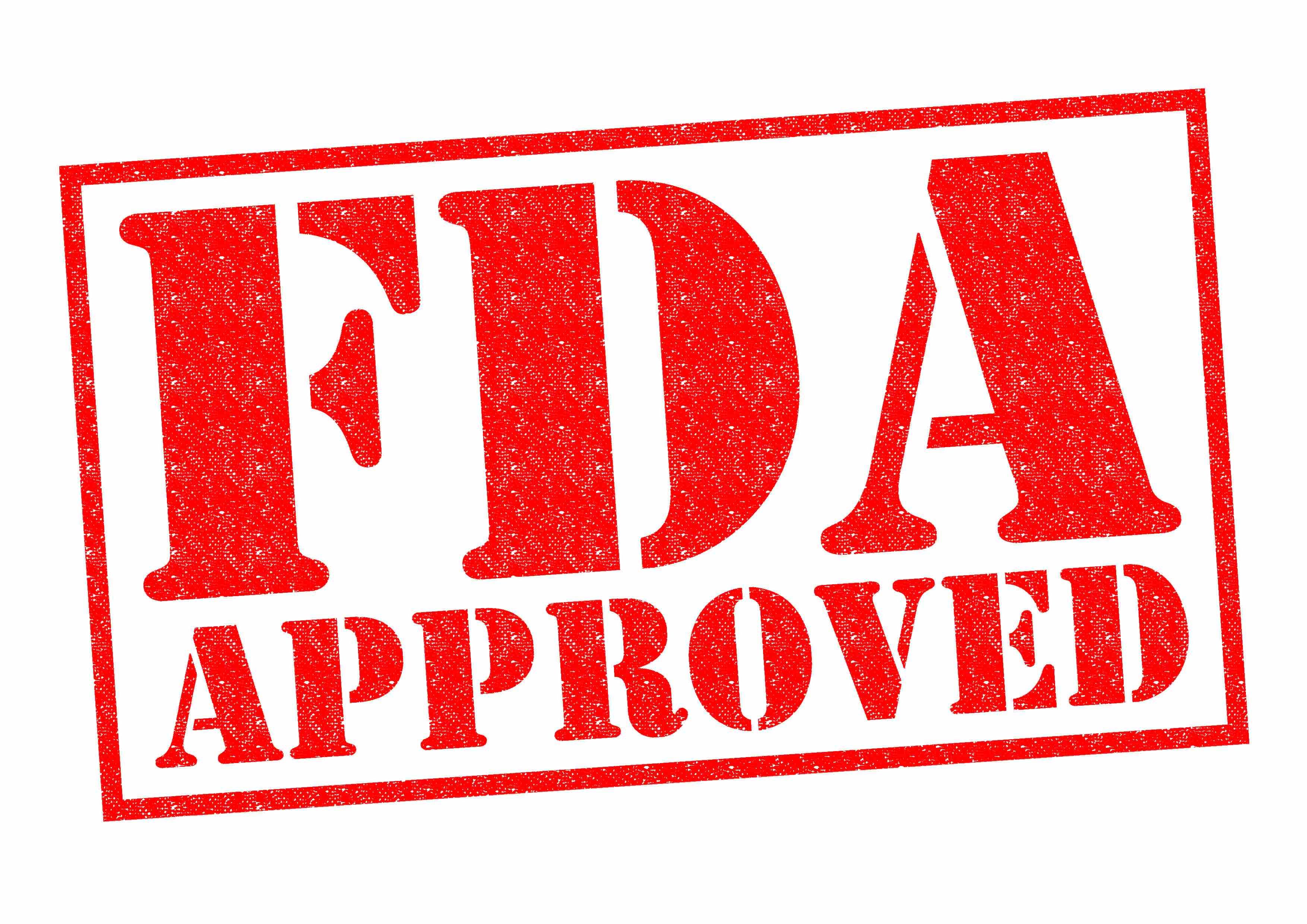Article
Links Seen Between Nonalcoholic Fatty Liver Disease and Increased Bone Loss, Osteoporosis
Author(s):
Nonalcoholic fatty liver disease (NAFLD) has many identifiable risk factors and inflammatory biomarkers that are linked to osteoporosis, according to the results of a recent review.
Nonalcoholic fatty liver disease (NAFLD) has many identifiable risk factors and inflammatory biomarkers that are linked to osteoporosis, according to the results of a recent review.
In today’s population, the number of people with gastrointestinal (GI) diseases has increased substantially. Although GI diseases have been associated with maldigestion, malabsorption, and inflammation, they have also been known to be linked to osteoporosis and osteopenia. Inflammatory bowel disease, in particular, increases fracture risks by 40% to 60%. Although some GI diseases, such as celiac disease and inflammatory bowel disease, have been extensively studied, other GI diseases have not been fully investigated.
NAFLD is a GI disease characterized by an excess amount of fatty deposits in liver cells that is not caused by alcohol. Although many investigators hypothesized that liver and bone disease may be connected, the pathogenesis remains unclear. In this review, investigators sought to inspect the relationship between NAFLD and osteoporosis and emphasize several mechanisms and mediating molecules that may connect the two.
One of the greatest factors in bone homeostasis is vitamin D. In many previous studies, low serum levels of vitamin D have been associated with low bone mass density and an increased risk of fractures. In patients with NAFLD, serum levels of vitamin D were lower than healthy controls. Additionally, another study showed that the induction of hepatic steatosis required not only a high-fat diet but also vitamin D deficiency. These findings revealed that patients with NAFLD have vitamin D deficiency, which can contribute to osteoporosis.
Growth hormone and insulin-like growth factor 1 (GH/IGF-1) deficiency are also a characteristic of NAFLD. In previous studies, low levels of IGF-1 contribute to less osteoblast differentiation and growth and have been associated with a greater risk of vertebrae and hip fractures. Low levels of GH, promotes osteoclast formation and decreases bone metabolism. Decreased osteoblast and increased osteoclast formation reduces bone mass density.
Although vitamin D and GH/IGF-1 deficiency may be the major contributors to osteoporosis, other inflammatory markers may also play a role.
Tumor necrosis factor-alpha (TNF-α) is a molecule that was shown to increase significantly in patients with NAFLD. The inflammation may affect osteoblast and osteoclast formation and subsequently contribute to bone resorption. Osteoprotegerin and fetuin-A were also considered as factors involved in linking NAFLD with osteoporosis. In patients with NAFLD, a decrease in either osteoprotegerin or feutin-A was associated with impaired growth of long bones. Osteopontin, osteocalcin, leptin, and adiponectin were also considered in this review. Lower levels of osteocalcin, which is associated with increased bone loss, and higher levels of osteopontin, which is a known risk factor for osteoporosis, were observed in patients with NAFLD. Lower levels of adiponectin, a promotor of bone formation, and higher levels of leptin, a proinflammatory stimulatory, were also depicted in patients with NAFLD.
In this review, many different contributing factors have linked NAFLD with osteoporosis. Although it is possible that a multitude of factors may tie bone disease with NAFLD, there may also be other factors that have not been considered yet. Future clinical studies should attempt to identify if adjusting these risk factors prevent bone loss.
Reference
Filip R, Radzki RP, Bieńko M. Novel insights into the relationship between nonalcoholic fatty liver disease and osteoporosis. Clin Interv Aging. 2018;13:1879-1891. doi: 10.2147/CIA.S170533.

